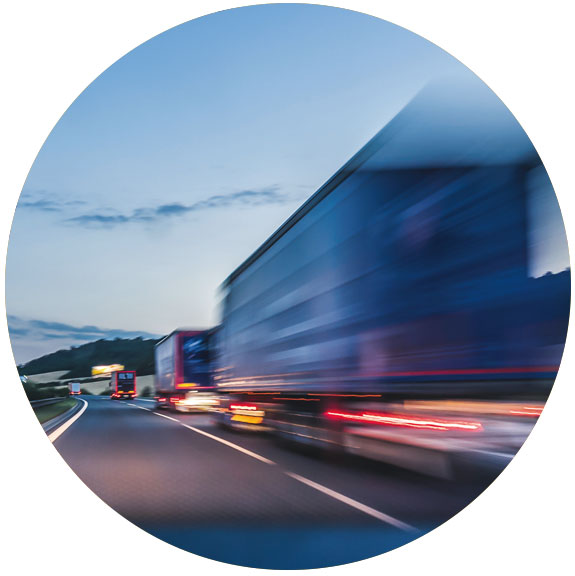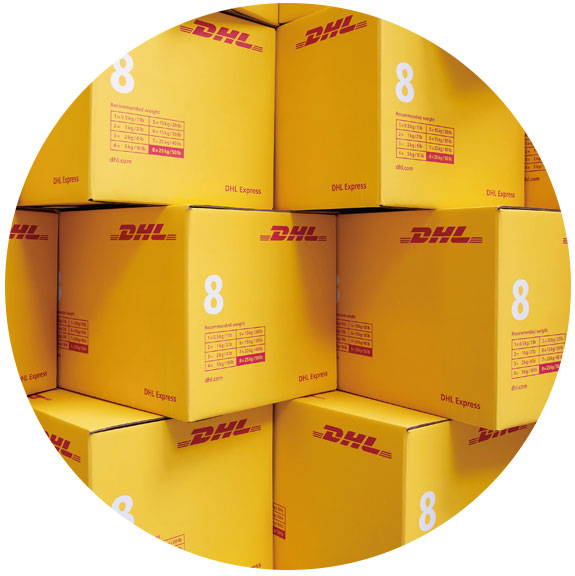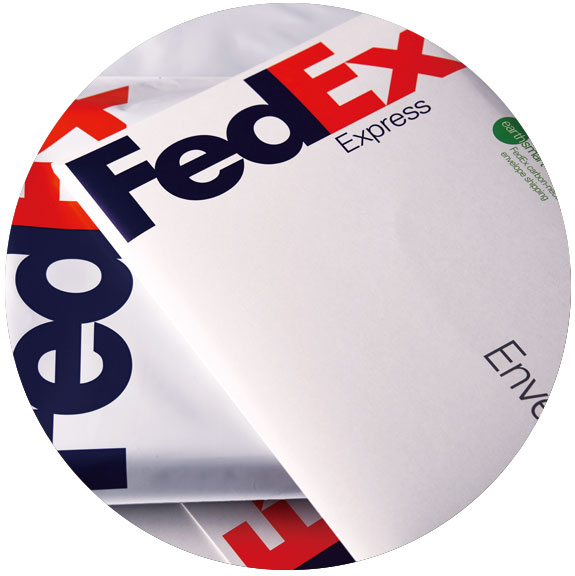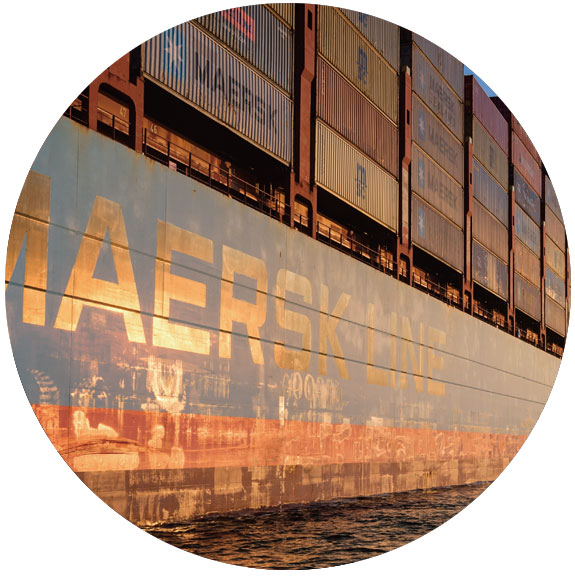Seeking 100-year path toward a global logistics company
Hyundai Glovis has grown into a global comprehensive logistics company by promoting and building competencies
in five core business areas: logistics; shipping; KD; trading; and auto-biz. Though the company has shown tremendous growth, it is still at an early stage, which means that it can adapt quickly to changes and has a keen eye. This article not only celebrates the 20th anniversary,
but also encourages readers to think about what driving forces are needed to build a 100-year company.
in five core business areas: logistics; shipping; KD; trading; and auto-biz. Though the company has shown tremendous growth, it is still at an early stage, which means that it can adapt quickly to changes and has a keen eye. This article not only celebrates the 20th anniversary,
but also encourages readers to think about what driving forces are needed to build a 100-year company.

With proven potential, it's time to dream of becoming a 100-year company
Constant challenge and innovation have been the driving forces of Hyundai Glovis to become a global comprehensive logistics company that always creates new values one step ahead. Hyundai Glovis started as Hankook Logitech in 2001 and immediately began to expand globally. Since then, it has been breaking records in many ways: acquired an international credit rating (S&P, Moody's) for the first time as a Korean logistics company; received the Presidential Award at the Korea Logistics Awards; was acknowledged by Forbes as one of the 50 promising companies in Asia; and won the $5 billion export tower.
Through these certifications and awards, Hyundai Glovis has proved its worth. As the steady establishment of overseas subsidiaries is opening up greater opportunities and the company continues to build on the achievements every year, there is no doubt that Hyundai Glovis has huge potential.
However, things change too quickly nowadays and unexpected situations like COVID-19 can occur again. It is also too early to be satisfied with the growth. In this regard, we will take a look at the examples of other global logistics companies that have led the era, while we pave the way for Hyundai Glovis’s next 100 years.

Expediting the digital transformation to become a top-tier company
Deutsche Post DHL defined the four representative trends affecting the logistics industry in recent years as globalization, e-commerce, digitalization, and sustainability ─ and declared its “Strategy 2025.” Based on this strategy, the company is focusing on the core logistics businesses and digital transformation. To this end, it has created five business divisions, and each division will primarily focus on high-profit businesses to develop an independent business direction.
DHL plans to accelerate the digital transformation by investing about 2 billion Euros by 2025. One of the investment areas is Vision Picking solutions, through which workers can receive visual information of the area/location of specific products in the warehouse, order quantity, and baggage loading location through smart glasses. The use of smart glasses is expected to enhance efficiency and convenience as it will free up both hands of workers. In fact, it is estimated that the average productivity of workers will increase by more than 15% through this solution.
Frank Arpels, CEO of DHL, stated, "DHL will continue to apply and develop the latest technologies such as the Internet of Things and utilize them in each business unit to accomplish systematic digitalization as a leading logistics innovation company." The challenge of rapid and drastic digital transformation is also a task that Hyundai Glovis must keep in mind to achieve sustainable growth for the next 100 years.
In an effort to understand the recent changes in digital innovation and build competencies, Hyundai Glovis has been offering company-wide training and special lectures. It will need time before we can see the outcome, but we cannot wait too long. If we are to put a pin on it and come back to it at the end of this year.
In an effort to understand the recent changes in digital innovation and build competencies, Hyundai Glovis has been offering company-wide training and special lectures. It will need time before we can see the outcome, but we cannot wait too long. If we are to put a pin on it and come back to it at the end of this year.

Devising a concrete action plan for sustainable management
FedEx has set carbon offsetting as one of its global strategies for sustainable growth. To implement this strategy, FedEx uses 92% recycled materials to make regular envelopes and 14% recycled materials to make polyethylene packaging. The white box is made of 46% recycled materials and the brown box is made of 38% recycled materials. As much as 54% of all elements that make up the brand packaging are from recycled products, and the finished packaging itself is recyclable.
All employees of FedEx are also faithfully implementing a carbon offset strategy for sustainable growth. In particular, the packaging engineers are specialists responsible for finding more ways to use less foamed polystyrene and film or more recyclable materials. In addition, they help customers to use minimum amounts of packaging and increase efficiency by decreasing shipping volume. These efforts have actually reduced carbon dioxide emissions by more than 40% in the past 10 years.
FedEx has devised a strategy and is constantly striving to realize the process of “reducing, replacing, and innovating,” the three principles of sustainable management. Hyundai Glovis must consider implementation of sustainable management, as well. Being environmentally friendly has become an obligation in the logistics industry. Therefore, the practices should be more than slogans or ideas.

Let's speed up our growth and take the lead
One of Maersk's strategies is to “Stay Ahead.” The representative service of this strategy is the Daily Maersk service, in which ships load and unload only at a certain time every day at four major ports in Asia and three major ports in Europe. Ten years ago, the shipping companies operated about once a week, so Maersk suffered huge losses if it could not secure adequate quantities. Nevertheless, it continued the service to increase market share.
It was an unconventional service that left a small margin at a low price; however, Maersk realized economies of scale by expanding the market share and stayed ahead of other competitors. As a result, the top 3-10 shipping companies experienced a significant blow and Maersk succeeded in forming a strategic alliance, 2M (Maersk, MSC), with MSC, the second-largest shipping company. Of course, Maersk has discontinued the service, but it is looking for a new method. By 2023, Maersk plans to have a 50:50 split between ocean and non-ocean services. The ocean services, which accounted for 72% in 2017, will be reduced to 50% in 2023. Instead, the logistics business will be increased from 15% to 25% to further expand into other future businesses. This means global comprehensive logistics, not just investing in one area.
“Our goal is to be shoulder-to shoulder with global forwarders,” said CEO Soren Skou, who also showed a great interest in entering the Korean market. It would mean that Hyundai Glovis' competitors are at home and abroad and securing the domestic market will become as important as overseas expansion. Only a few companies operate within their own country nowadays because they are all dreaming of becoming a global company.
Only the companies that make fast progress and dominate the market make it successfully through in today’s era. Hyundai Glovis will need to change, devise new strategies, and grow faster than the others to take the lead in the industry. Given the pace of its 20-year growth, it seems quite feasible, but it should not be concluded too hastily. I’d like to end with a question: how much faster will Hyundai Glovis be able to speed up in the future?
Only the companies that make fast progress and dominate the market make it successfully through in today’s era. Hyundai Glovis will need to change, devise new strategies, and grow faster than the others to take the lead in the industry. Given the pace of its 20-year growth, it seems quite feasible, but it should not be concluded too hastily. I’d like to end with a question: how much faster will Hyundai Glovis be able to speed up in the future?
2021.02.01

